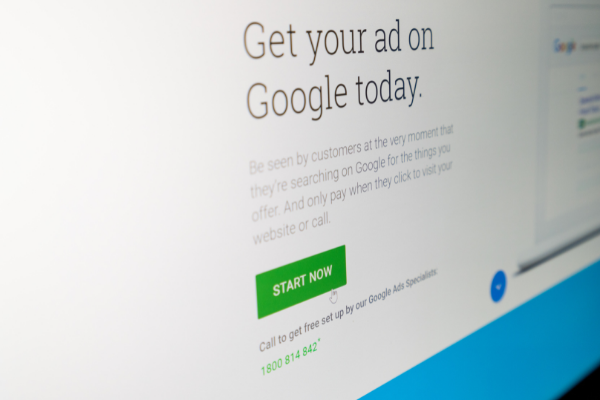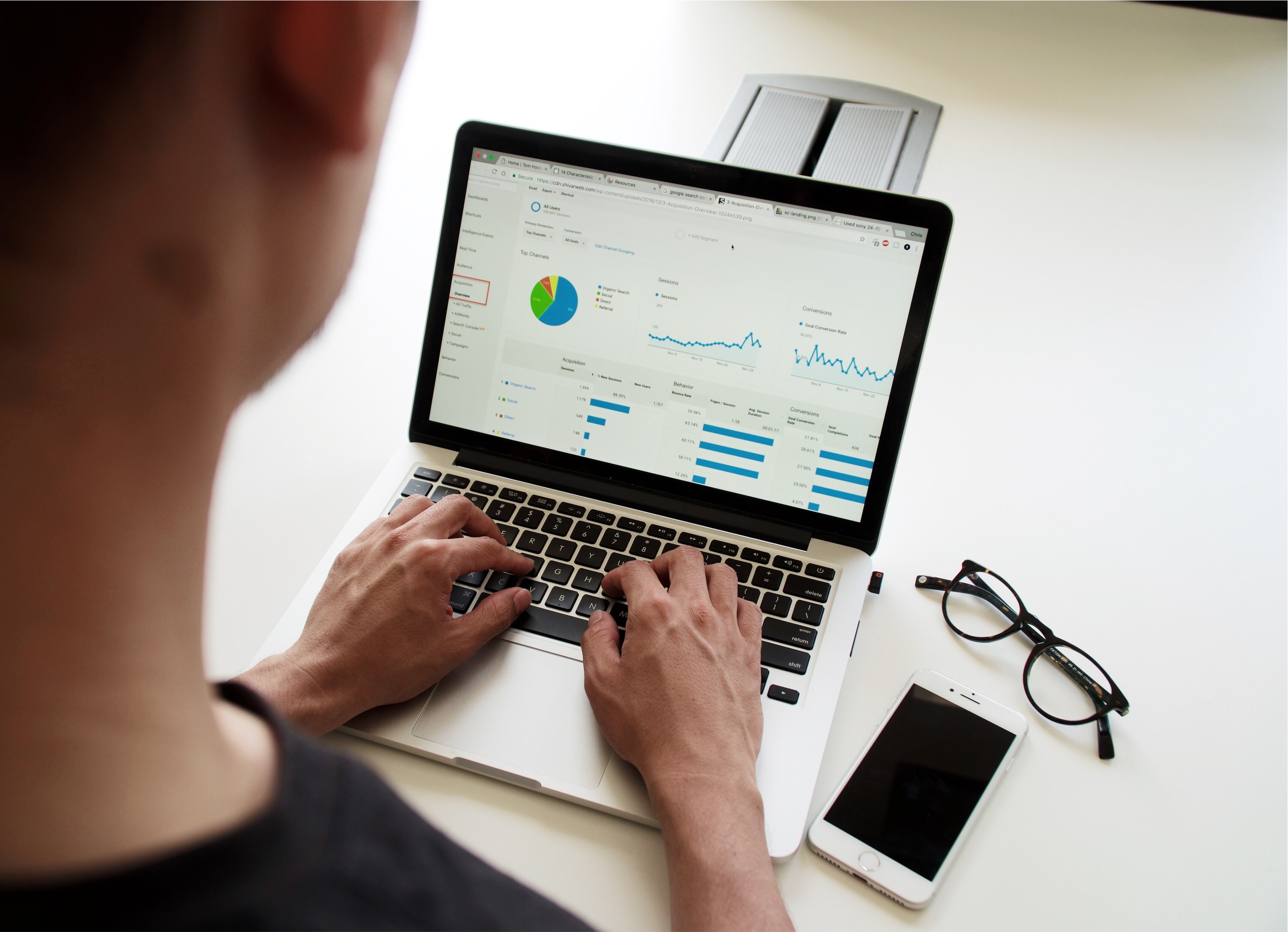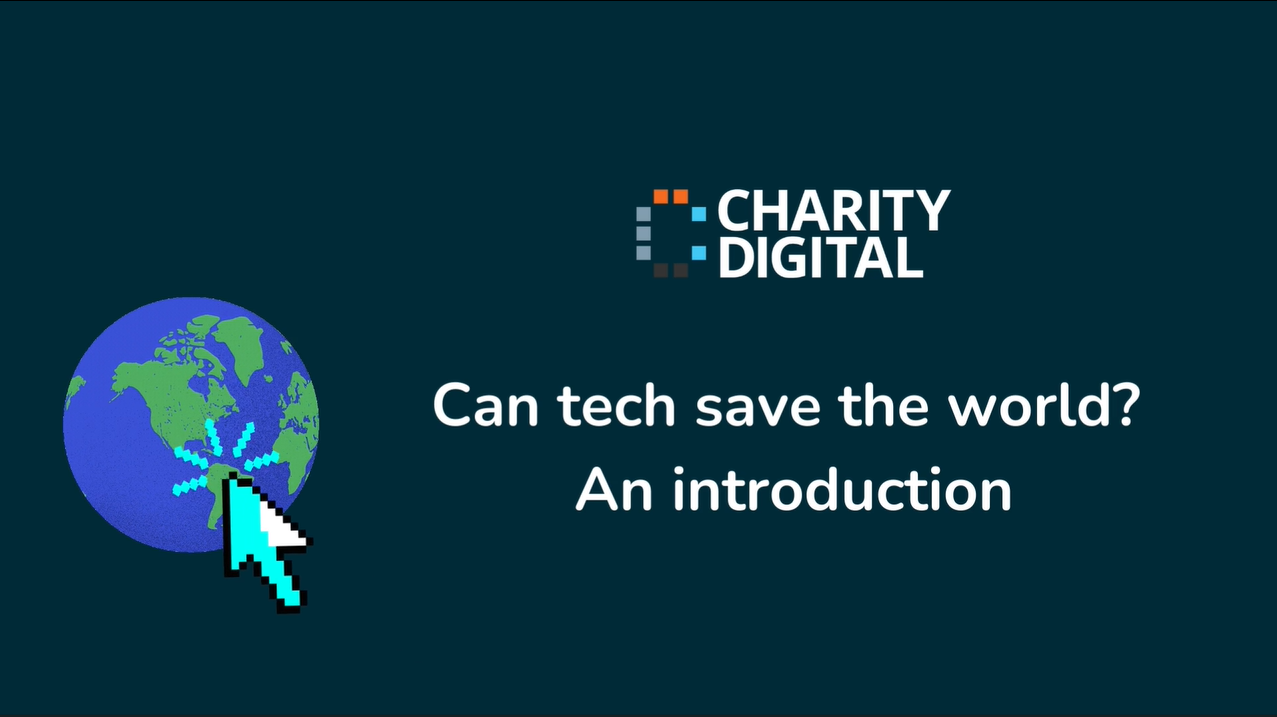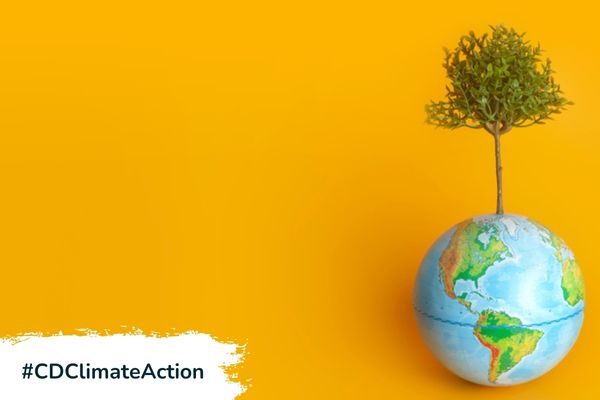Insights
INSIGHTS
All Topics
The best Google sustainability tools
25 Sep 2023by Mary Wessel
Here we explore some of the best sustainability tools on Google, ranging from Google Maps, timelapse, Google Forest Watch, and so much more
Google takes sustainability seriously. In 2007 it became the first major company to become carbon neutral. In 2019, Google signed up to a €2 billion wind and solar investment. And it’s pledged to be entirely carbon free by 2030. That means its aiming for its data centres to be supplied by clean energy, every second of every day.
According to Google: “We unify our practices, partnerships, and products around a single mission –
to foster sustainability at scale. By organizing information about our planet, and making it actionable through technology, we help people make even more positive impact, together.”
Part of this push for sustainability is the development of a suite of tools to help individuals and organisations make more informed choices. You can hear about some of them on this episode of the Live Wide Awake podcast. And here’s our pick of Google tools that can help your charity take positive climate action.
Planning an eco-friendly journey using Google Maps
Many charities need people to travel as part of their role – whether that’s delivering supplies to families or transporting equipment for events around the country. Using eco-friendly routes on Google Maps can be a helpful tool to reduce carbon footprints.
The tool launched in the US in 2021 and is now available in 40 European countries. As well as using real-time traffic and road conditions, it factors in fuel and energy efficiency to choose the best routes. Alongside the fastest route to a destination, it will also show the most energy efficient one, making it easy for users to make informed decisions.
To switch on the option:
- Tap on your profile picture on Google Maps
- Go to Settings > Navigation Settings and scroll down to Route Options
- Tap the ‘Prefer fuel-efficient routes’ option
- Choose your engine type
While reducing the emissions of one journey won’t slow climate change, collectively the one billion monthly users of Google Maps can make a big impact.
Timelapse
For charities campaigning for positive climate action, it can be hard convey the urgency and severity of the situation. Climate change can feel like it’s happening ‘out there’ and so can be harder for supporters to connect with. Alongside that is the immensity of the crisis, which is tough for any of us to get our heads round.
Timelapse, a feature of Google Earth, is a useful tool to visually demonstrate the changes that are happening right across the planet. It shows how the Earth has changed over the last 37 years, using 24 million satellite images to let you scroll through time.
You can see, for example, the increase of bushfires in Yellabinna, South Australia, or the deforestation of Madagascar since 1984. Warning: it will probably make your heart sink.
Global Forest Watch and Global Fishing Watch
Deforestation is one of the greatest threats to wildlife and the climate. As the WWF starkly puts it: “Forest loss and damage is the cause of around 10% of global warming. There’s simply no way we can fight the climate crisis if we don’t stop deforestation.”
Global Forest Watch is one tool that can help charities and individuals to protect Earth’s precious forests. Its interactive charts and maps allow anyone to see when and where forests are disappearing – in real-time. Findings can be easily customised, shared and downloaded. And individuals, charities, companies and even governments are using it to better manage and protect forests.
Global Fishing Watch also uses tech to turn data into actionable information. The interactive map allows anyone to track fishing vehicles from 2012 to the present, bringing transparency to human activity at sea and potentially, the end to illegal fishing.
Culture Meets Climate Hub
Climate change is a complex and emotive subject. Seeing climate change presented in new and engaging ways can help us to understand global concepts on a human scale. This is how many heritage and arts charities are helping to tackle climate change.
Google’s Culture Meets Climate Hub is a great source of inspiration – for individuals as well as organisations looking for new ways to communicate the environmental crisis.
It was developed by Google’s Arts and Culture team, alongside museums and universities from all around the world. Many of the projects shared on the hub have been created through artists interpreting climate data, helping to make information more accessible and tangible.
A great example is Diving into an Acidifying Ocean. It’s described as a ‘data-driven immersive experience’ and brings to life the changing chemistry of seawater and the impact of rising temperatures on marine life. Or explore Plastic in the Air which allows you to ‘see’ the plastic particles that are present in the atmosphere around us. They’re both fascinating and alarming, all at once.
Mary Wessel
More on this topic
Related Content
Recommended Products
Related Videos
04 Jan 2025by Aidan Paterson
The best bank accounts for charities
03 Jan 2025by Ioan Marc Jones
Climate change facts you need to know in 2025
03 Jan 2025by Ioan Marc Jones
An A-Z glossary of climate change terms and definitions
Our Events
Charity Digital Academy
Our courses aim, in just three hours, to enhance soft skills and hard skills, boost your knowledge of finance and artificial intelligence, and supercharge your digital capabilities. Check out some of the incredible options by clicking here.























